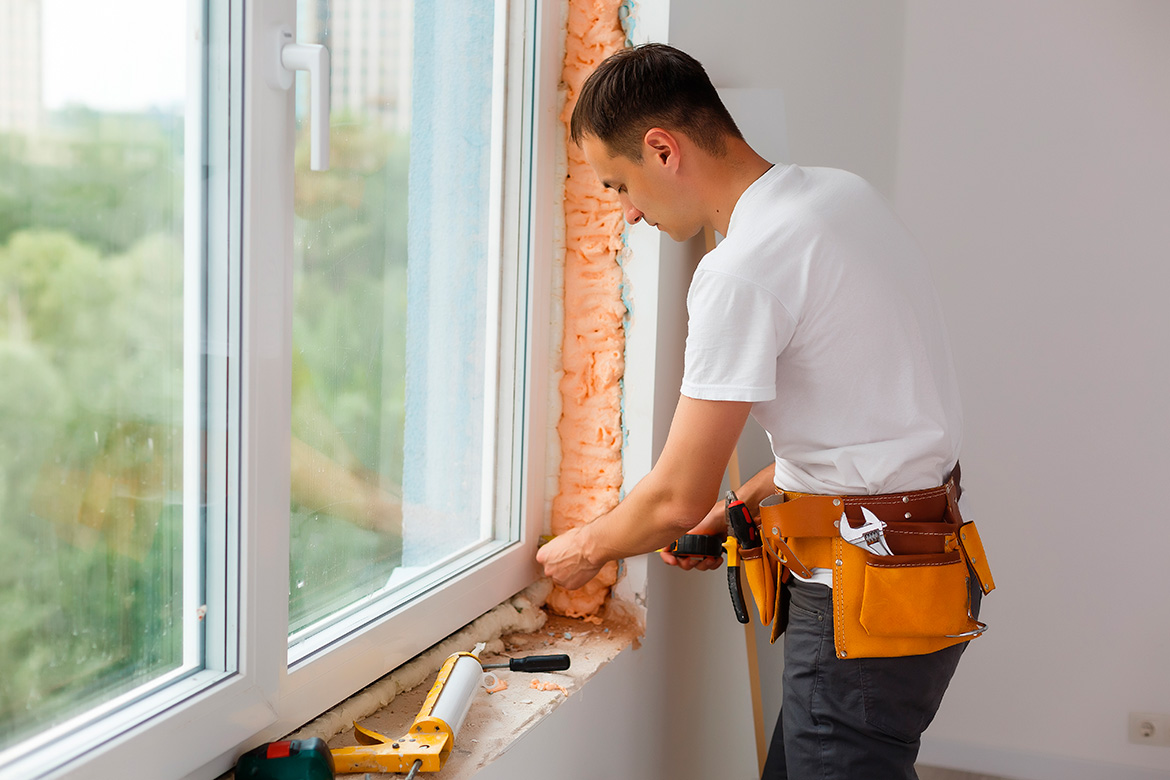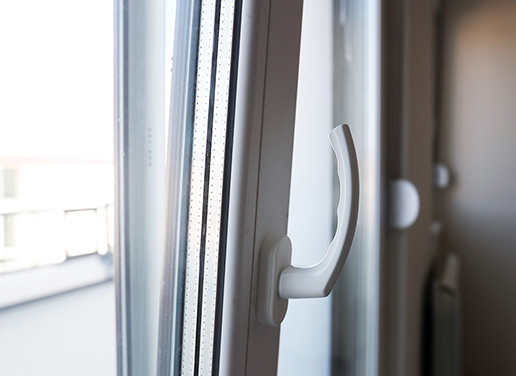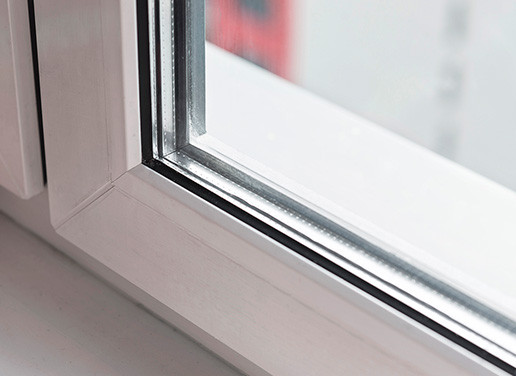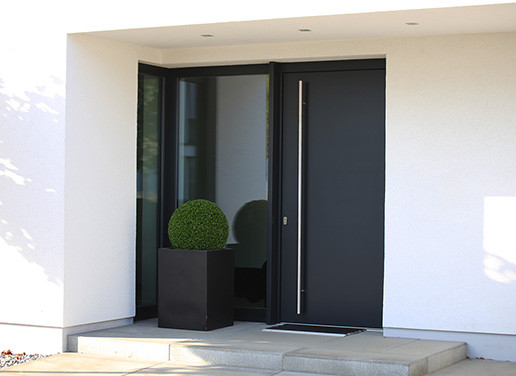Slope insulation technology

Window slopes are insulated at the final stage of installation. At the same time, properly conducted thermal insulation is very important: insulation, waterproofing layer and decorative materials protect the mounting seam from external influences, as well as reduce heat loss along the perimeter of the structure.
Why do I need to heat insulate window slopes
By conducting thermal insulation of the slopes of a plastic window, we solve several tasks at once:
- Reduction of heat loss. Thermal insulation materials that overlap the mounting seam further reduce its thermal conductivity. And the smaller this indicator is, the slower the room will lose heat in the cold season.
- Increased tightness. An additional thermal insulation layer not only slows down heat exchange — it also prevents the appearance of drafts. In addition, the mounting seam receives additional protection from moisture, which increases the risk of freezing in severe frosts.
- Compliance with DSTU requirements. The requirements for the design and thermal insulation of slopes are prescribed in regulatory documents. If all the work is done according to the rules, then an optimal microclimate and a normal humidity regime will be established in the room. As a result, the risk of fungal damage to the walls and the likelihood of abundant condensation will decrease.
In addition, do not forget about aesthetics. Usually, the insulation of slopes is carried out simultaneously with their decoration. As a result, the structure receives not only a plus to thermal insulation, but also a complete aesthetic appearance.
What is used for insulation
To reduce heat loss, the slopes are designed using porous materials. The requirements for them are quite simple — low thermal conductivity, resistance to moisture, absence of volatile toxins. Such requirements correspond to:
- Polyurethane foam. As an independent insulation, it is used infrequently, but foam is quite applicable for filling pores and voids during thermal insulation work. In addition, it is used for thermal insulation of any hard—to-reach places - due to the simplicity of application.
- Styrofoam. Polystyrene—based plates — styrofoam and extruded polystyrene foam - are actively used in thermal insulation works. The second type is preferable due to its higher density and lower flammability.
- Mineral/stone wool. It is available in the form of rolls or plates, is used as a universal insulation — including for window slopes. It does not burn, which compares favorably with polystyrene plates. When warming slopes using mineral wool, it is important to protect the material from moisture — when wet, the thermal conductivity of the layer increases.
- Thermal insulation plaster. It is used for leveling the opening, as well as for finishing the slopes. It has a low thermal conductivity, but for good thermal insulation, the layer must have a large thickness.
- Foiled polyethylene foam. It is produced in rolls, has a complex structure: outside — thin foil, inside — foamed polyethylene (sometimes PVC). It works well even with a minimum thickness of the slope, since the foil effectively reflects infrared rays. In addition to thermal insulation, it provides a vapor barrier of the mounting seam.
Sandwich panels deserve special mention - they are used both for thermal insulation and for decorating slopes. The inner layer of porous polymer is responsible for insulation, and the outer layer of smooth PVC is responsible for aesthetic characteristics.

Internal works
It is necessary to insulate the slopes from both sides, but usually, when talking about their insulation, they mean the interior design. The work is carried out according to this scheme:
- The remnants of polyurethane foam are removed from the mounting seam. If vapor barrier tapes were used during installation, this operation is not required.
- Large defects are eliminated with the use of cement mortar.
- A layer of primer with antifungal and bactericidal components is applied to the edges of the opening, as well as to the adjacent surfaces.
- Thermal insulation boards are glued to primed surfaces. The optimal solution is the use of adhesive foam: it not only fixes the insulation, but also fills voids or joints between the plates.
- The last stage is finishing. Plaster, drywall, MDF or plastic lining are used for it.
Outdoor work
It is very important to insulate the slopes not only from the inside, but also from the outside — so the mounting seam will receive additional protection from freezing. But the outer thermal insulation layer must remain vapor permeable, otherwise the water vapor will be "locked" inside. That is why it is undesirable to use expanded polystyrene or foam for external thermal insulation — this will lead to a deterioration of the microclimate due to an increase in humidity in the room.
What can be applied?
- Mineral wool with high density is optimally suited for outdoor thermal insulation.
- Alternatively, thermal insulation plaster can be used.
In both cases, putty and facade paints with high vapor permeability are used for finishing.
Proper insulation of slopes will make it possible not only to reduce heat loss, but also to normalize the microclimate as a whole. This task is not too difficult, but in the absence of skills, its solution should be entrusted to qualified craftsmen.
You can order a high-quality professional installation of metal-plastic windows by following the link



